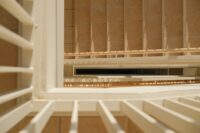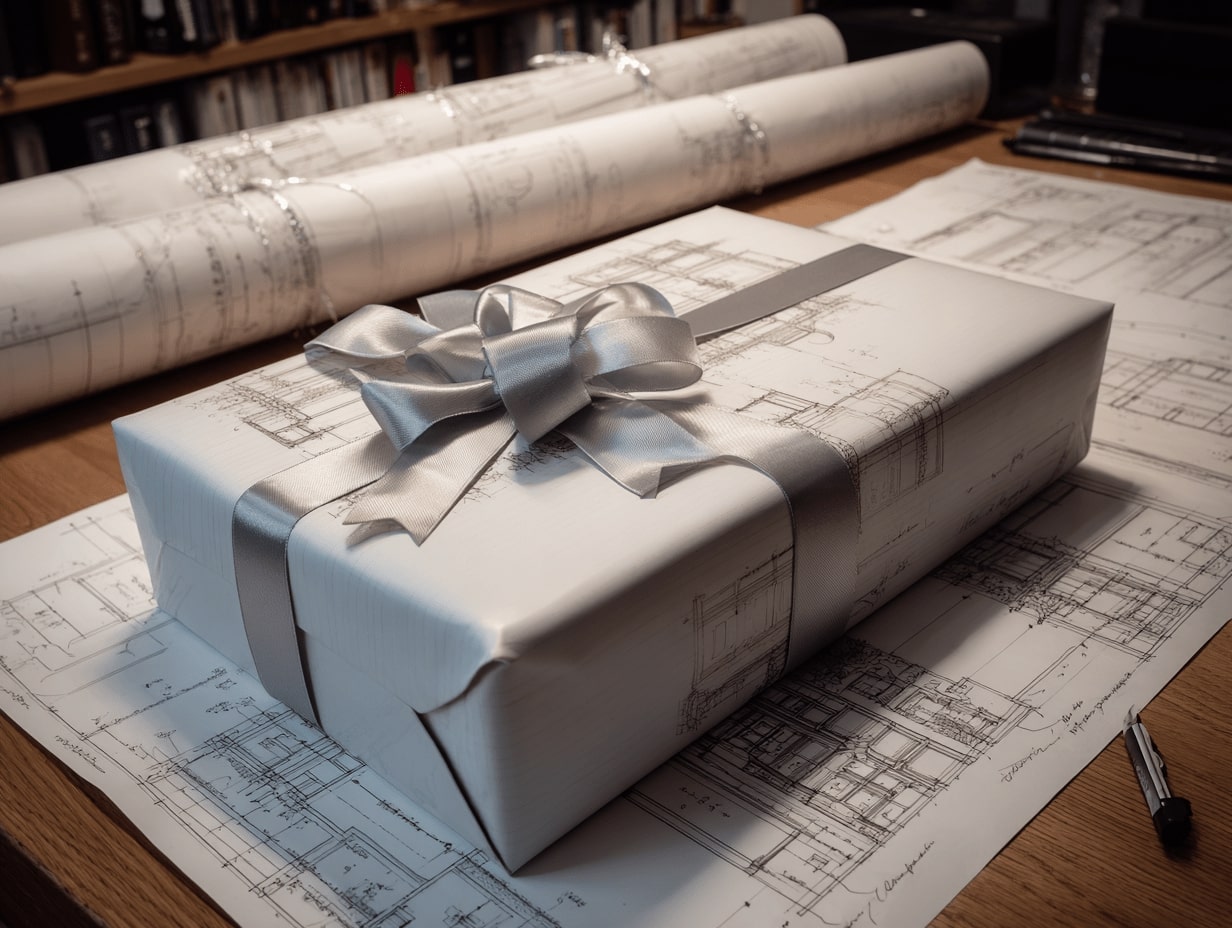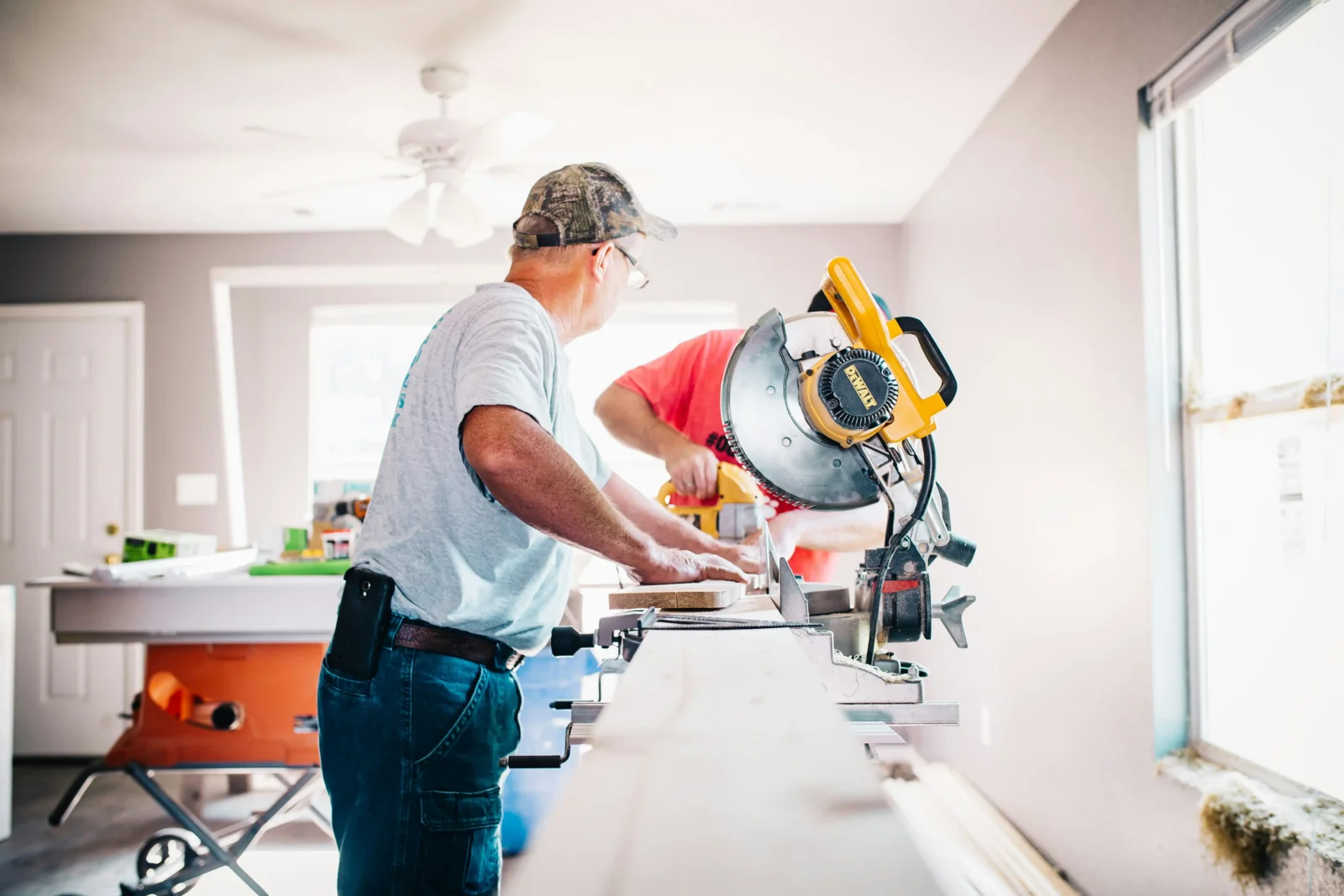- Home
- Articles
- Architectural Portfolio
- Architectral Presentation
- Inspirational Stories
- Architecture News
- Visualization
- BIM Industry
- Facade Design
- Parametric Design
- Career
- Landscape Architecture
- Construction
- Artificial Intelligence
- Sketching
- Design Softwares
- Diagrams
- Writing
- Architectural Tips
- Sustainability
- Courses
- Concept
- Technology
- History & Heritage
- Future of Architecture
- Guides & How-To
- Art & Culture
- Projects
- Interior Design
- Competitions
- Jobs
- Store
- Tools
- More
- Home
- Articles
- Architectural Portfolio
- Architectral Presentation
- Inspirational Stories
- Architecture News
- Visualization
- BIM Industry
- Facade Design
- Parametric Design
- Career
- Landscape Architecture
- Construction
- Artificial Intelligence
- Sketching
- Design Softwares
- Diagrams
- Writing
- Architectural Tips
- Sustainability
- Courses
- Concept
- Technology
- History & Heritage
- Future of Architecture
- Guides & How-To
- Art & Culture
- Projects
- Interior Design
- Competitions
- Jobs
- Store
- Tools
- More
Top Tips for Installing Hardwood Flooring Without Breaking the Bank

Hardwood flooring adds warmth, beauty, and durability to any home, but it can often come with a hefty price tag. Whether you’re renovating your entire home or simply upgrading a room, the cost of hardwood flooring can quickly escalate. Fortunately, there are ways to install hardwood floors without overspending. With a bit of planning, patience, and elbow grease, you can achieve beautiful results while keeping your budget in check. This blog post will share top tips for installing hardwood flooring without breaking the bank.
Table of Contents
ToggleChoose the Right Type of Hardwood Flooring
One of the most effective ways to save money on your hardwood flooring installation is by choosing the right type of wood. There are several options available, ranging from premium hardwoods like oak, maple, and cherry to more affordable alternatives like bamboo or engineered hardwood. While solid hardwood is beautiful, it tends to be more expensive and requires more maintenance. Engineered hardwood, on the other hand, provides a similar look and feel but is often more budget-friendly.
Bamboo is another great option for those on a budget. It is an eco-friendly, durable material that is generally less expensive than traditional hardwood options. By exploring different types of wood, you can find a style that suits your aesthetic preferences without putting too much strain on your finances.

Consider Prefinished Hardwood Flooring
Installing unfinished hardwood flooring can add to both the time and cost of your project. Prefinished hardwood, on the other hand, comes with the finish already applied, which can save you time and money. With prefinished hardwood, you won’t need to pay for additional staining or sealing, which can be costly. The finish is also more durable, meaning less maintenance down the road.
Prefinished hardwood flooring comes in a variety of finishes, including matte, gloss, and satin, so you can choose one that complements your home’s style. This type of flooring is a cost-effective way to achieve a polished look without additional work or expenses.
Buying Hardwood Flooring
When purchasing hardwood flooring, it’s important to consider both the style and the price. The cost of hardwood flooring can vary significantly depending on the type of wood, with options like maple and oak being popular choices. The cost of red oak flooring, for example, tends to fall within the mid-range compared to other hardwoods, offering a balance between affordability and durability. It’s essential to compare prices across different retailers and look for sales or bulk discounts to get the best deal. Additionally, consider factors like durability, ease of installation, and overall aesthetic appeal when making your choice.
Use Smaller Rooms for Experimentation
If you’re unsure whether hardwood flooring is the right choice for your home or style, start by installing it in smaller rooms like bedrooms, hallways, or home offices. Smaller spaces require less material, which can help reduce costs. Additionally, experimenting with hardwood flooring in a limited area allows you to gauge the time and effort required for a larger project before fully committing.
Starting with a small room also gives you the chance to try out different designs or patterns, such as diagonal or herringbone patterns, which can elevate the look of your floors without the added expense of premium hardwoods.
Avoid Unnecessary Add-Ons and Extras
When shopping for hardwood flooring, it’s easy to get tempted by extra features like premium underlayment, exotic finishes, or custom patterns. While these add-ons can enhance the look and feel of your flooring, they also increase the cost. Focus on the basics to keep your costs down and avoid unnecessary extras.
Instead, opt for standard underlayment and simple finishes that are still durable and stylish. If you’re working within a budget, sticking to the essentials will ensure you achieve a high-quality result without overspending.
Hire a Professional for Certain Tasks Only
While DIY installation can save money, certain tasks may be better left to professionals. For example, if you’re installing hardwood floors in a large area with complex angles or uneven subfloors, it might be worth hiring a professional for a portion of the project.

Hiring a professional for specific tasks, such as subfloor preparation or trimming the flooring to fit, can help ensure the project runs smoothly while still allowing you to handle simpler parts of the installation yourself. This approach offers a balance between saving money and ensuring the job is done properly.
Maintain Your Hardwood Floors
Once your hardwood floors are installed, maintaining them is crucial to preserving their beauty and longevity. Proper care will reduce the need for costly repairs or replacements down the line. Regular cleaning with a microfiber mop and using a gentle hardwood floor cleaner will help keep your floors looking great.
In addition to cleaning, make sure to use protective pads under furniture to prevent scratches and dents. Regular maintenance not only preserves the appearance of your floors but can also prevent the need for expensive refinishing or repairs in the future.
Installing hardwood flooring on a budget is possible with the right planning and strategy. By choosing the right type of wood, opting for prefinished flooring, and taking on some of the work yourself, you can create a beautiful, durable floor that enhances the look of your home without draining your savings. With these tips, you’ll be able to install hardwood floors that provide long-lasting beauty at a price you can afford.
illustrarch is your daily dose of architecture. Leading community designed for all lovers of illustration and #drawing.
Submit your architectural projects
Follow these steps for submission your project. Submission FormLatest Posts
Gift Ideas for Architects and Designers: Useful, Beautiful Picks They’ll Actually Love
Gift ideas for architects and designers: curated, use-in-studio picks by budget and...
How to Use the Golden Ratio for a Balanced Kitchen Remodel
Have you ever seen a kitchen and it just looked right to...
Tips for Creating a Welcoming Home
A welcoming home creates comfort, warmth, and ease from the moment someone...
The Ultimate Home Maintenance Checklist for Every Season
Keeping your home in good condition throughout the year is much easier...











Leave a comment